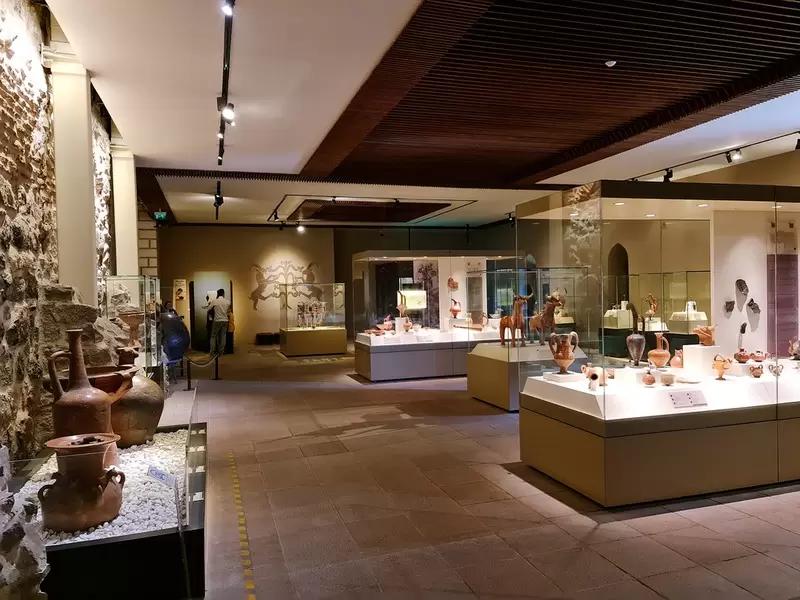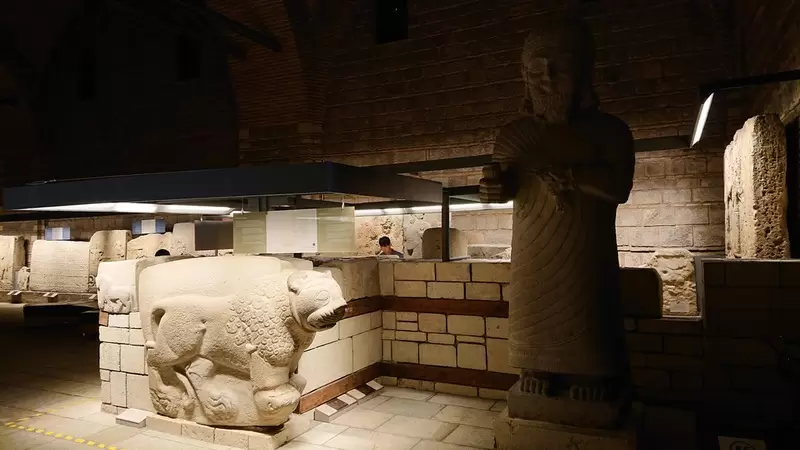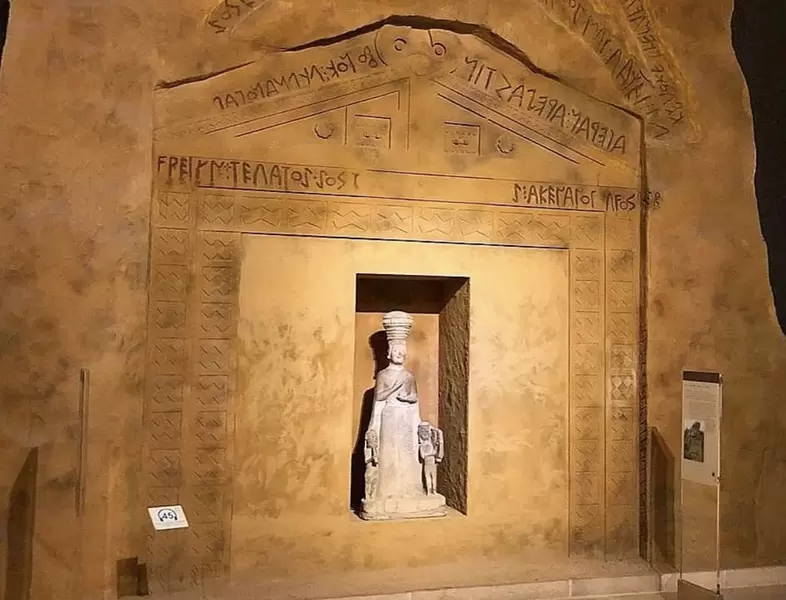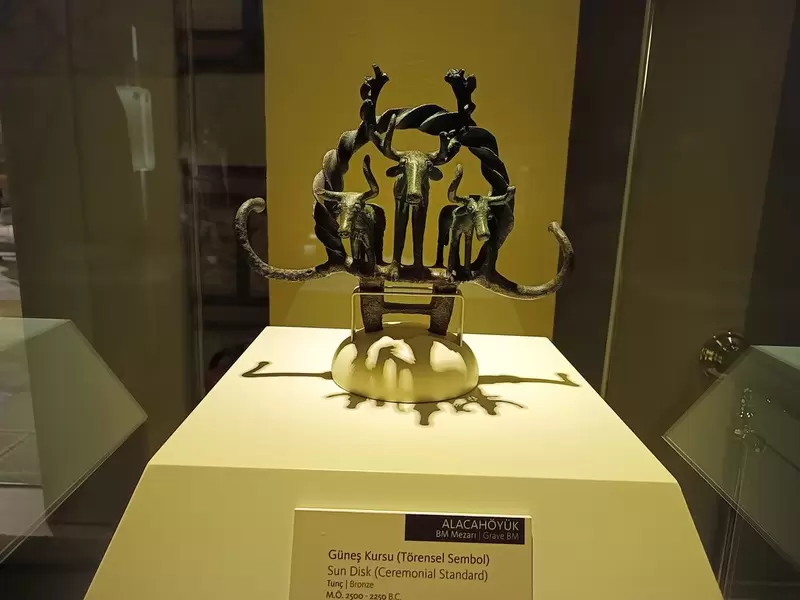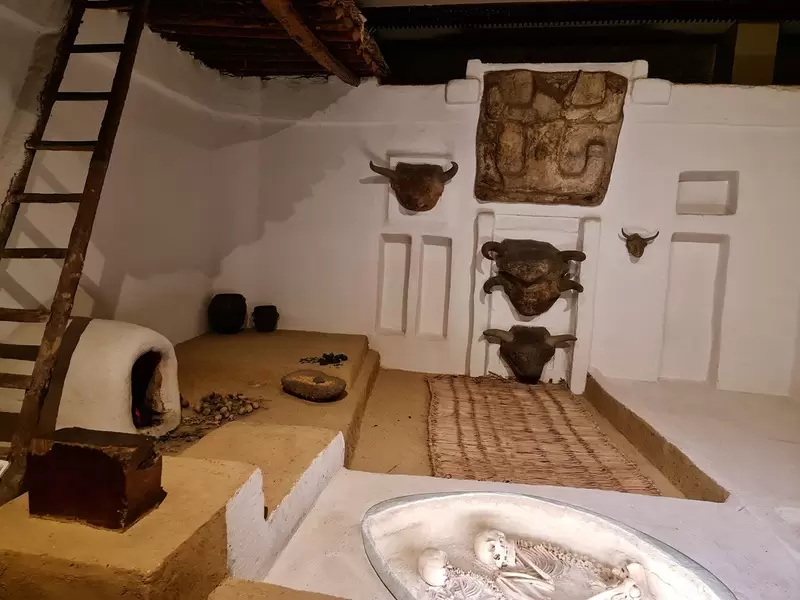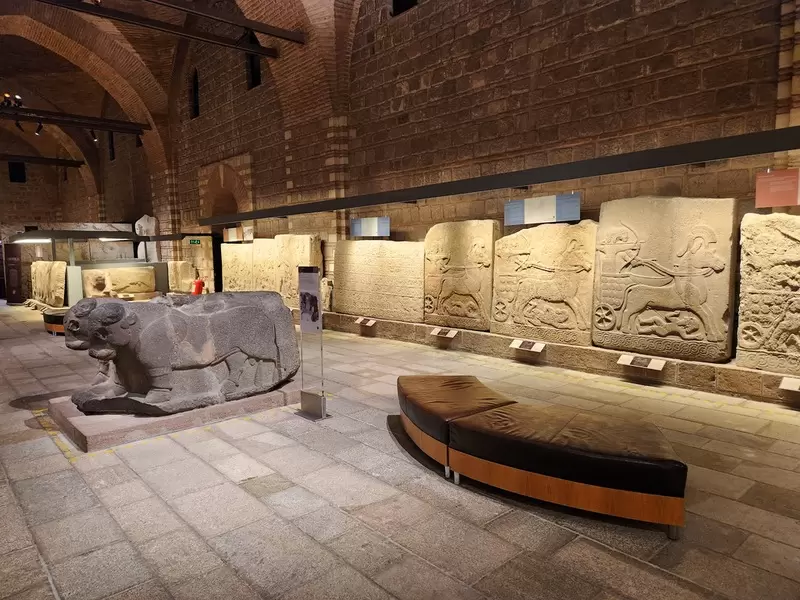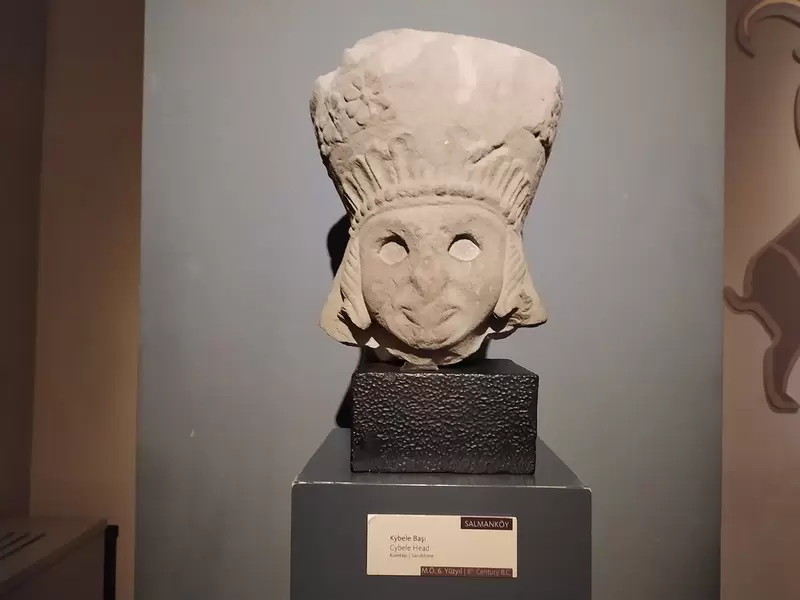
The Museum of Anatolian Civilizations (Turkish: Anadolu Medeniyetleri Müzesi) is a museum in Ankara, Turkey. It was founded in 1921, and is one of the largest museums in Turkey. The museum has a collection of over 100,000 artifacts from the Neolithic Age to the Ottoman Empire. The collection includes artifacts from Anatolia, the Middle East, and Central Asia. The museum is divided into three sections: the prehistoric section, the classical section, and the Islamic section. The prehistoric section contains artifacts from the Neolithic Age to the Bronze Age. The classical section contains artifacts from the Hellenistic Age to the Roman Empire. The Islamic section contains artifacts from the Seljuk Empire to the Ottoman Empire. The museum also has a library, a research center, and a restaurant. Here is some information about the Museum of Anatolian Civilizations:
1. Overview: The Museum of Anatolian Civilizations is dedicated to showcasing the rich cultural heritage of Anatolia, which encompasses the ancient civilizations that thrived in the region over thousands of years. The museum exhibits a vast collection of artifacts, spanning prehistoric, Hittite, Phrygian, Urartian, Greek, Roman, Byzantine, and Seljuk periods.
2. History: The museum is housed in a historic building known as the Kültür Bakanlığı Building, which was originally constructed in the 15th century as a covered market, or bedesten, during the Ottoman Empire. The building was later repurposed and renovated to become the Museum of Anatolian Civilizations, opening its doors to the public in 1921.
3. Collections: The museum's exhibits provide a comprehensive overview of Anatolian history and culture. The collection includes archaeological artifacts, sculptures, pottery, jewelry, coins, inscriptions, reliefs, and various other objects discovered throughout Anatolia. Notable items in the collection include the Hittite treasures, the Tablet Archive from Hattusa, and the Karun Treasure.
4. Galleries: The Museum of Anatolian Civilizations consists of several galleries that span multiple floors. The galleries are arranged chronologically, allowing visitors to explore Anatolia's history from prehistoric times to the Byzantine period. The exhibits are accompanied by informative signage and multimedia presentations to provide context and enhance the visitor experience.
5. Highlights: Some of the notable highlights of the museum's collection include the Sphinx Gate from Hattusa, the Midas Tumulus exhibits, the Phrygian artifacts, the Roman and Byzantine artifacts, and the stunning collection of Anatolian jewelry.
6. Visiting Information: If you plan to visit the Museum of Anatolian Civilizations, here are some practical details:
- Address: Gözcü Sokak No: 2, Ulus, Altındağ, Ankara, Turkey.
- Opening Hours: The museum's opening hours may vary depending on the season and specific days. It's advisable to check the official website or contact the museum directly for the most up-to-date information regarding visiting hours and any temporary closures.
- Admission Fees: There may be an admission fee to enter the Museum of Anatolian Civilizations. The fees may vary for different categories of visitors, such as adults, students, and children. It's recommended to check the official website or contact the museum directly for information on admission fees.
Please note that museum hours, admission fees, and exhibition details are subject to change. It's advisable to verify the information before your visit by checking the official website or contacting the Museum of Anatolian Civilizations directly.



